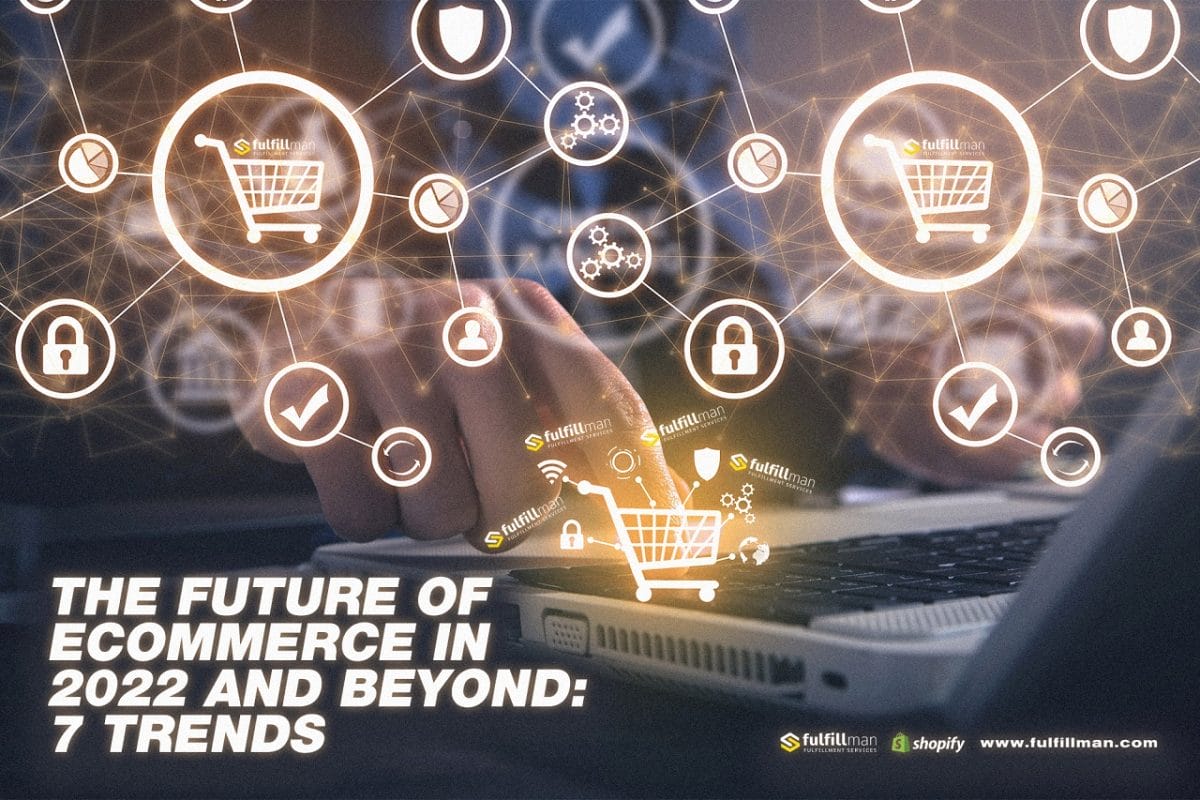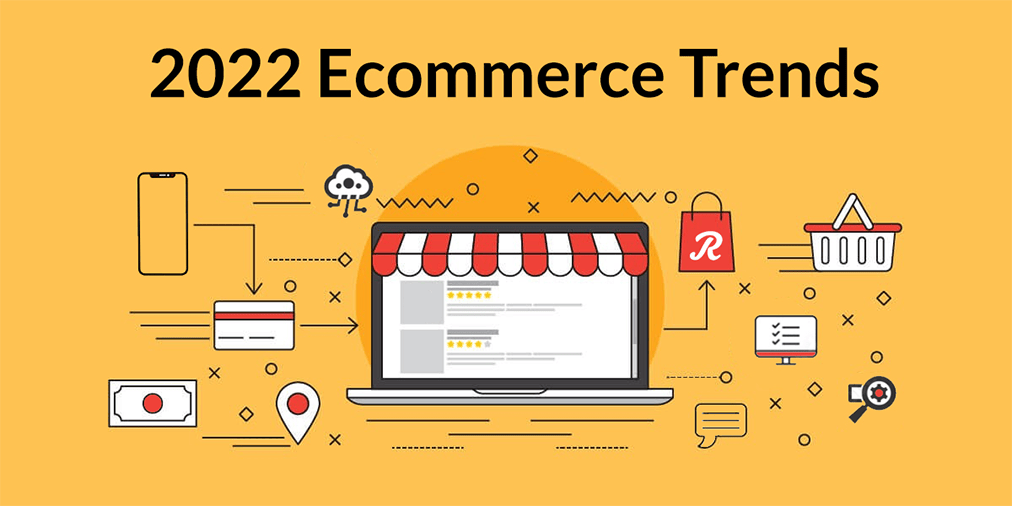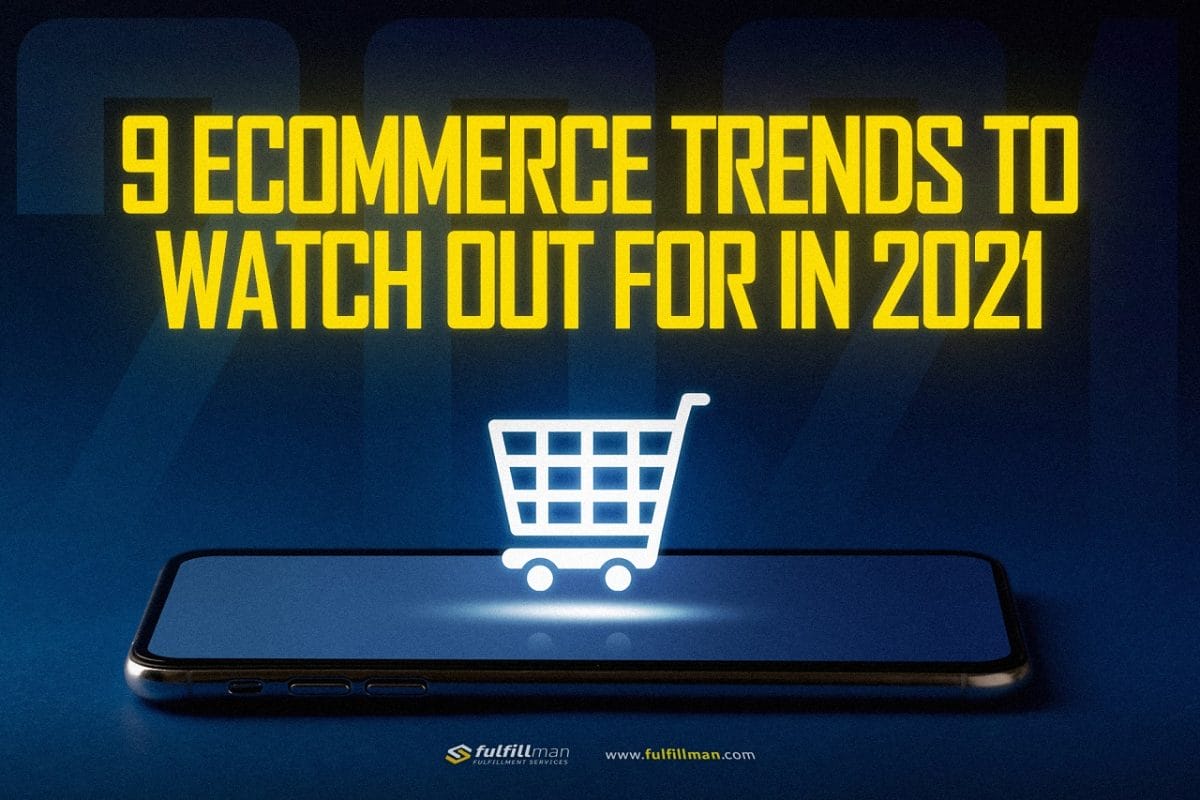According to a recent report, ecommerce will account for 20.4% of global retail sales by the end of 2022, up from only 10% five years ago. This means that the ecommerce space is becoming more crowded. As an ecommerce business owner, keeping abreast of industry trends is very important to identify new opportunities and stay ahead of your competition. Continue reading as we discuss the future of ecommerce in 2022 and beyond based on some amazing trends.
Augmented Reality Will Gain Mainstream Acceptance
According to Grand View Research, the global virtual reality market will be worth $67 billion in 2028. Comparing that, the augmented reality global market will be worth $340 billion in 2028. This means that the augmented reality global market will probably be 5 times larger than the virtual reality global market.
Augmented reality is likely to be more widely used than virtual reality. Because it simulates in-person shopping experiences by allowing customers to see how a product might look on them or in their homes. With AR, customers click on a product and instantly see it overlaid wherever they point their mobile device.
When customers can view products from every conceivable angle in an interactive 360-degree experience, it gives them a better idea of the value that the product can offer. This helps customers make informed decisions quickly when it comes to choosing a brand to buy from.
JARVIS-Like Artificial Intelligence Assistants
Many people in developed countries could have AI assistants to improve the quality of their lives. According to Peter Diamandis, services like Alexa, and Google Home will expand in functionality. They will expand beyond just your home and become your cognitive prosthetic 24/7. Depending on what permissions you grant it, a secured JARVIS-like software could listen to all your conversations, read your emails, monitor your blood chemistry, and more.
With access to all this data, this AI-enabled software would learn your preferences, anticipate your needs and behaviors, shop for you, monitor your health, and help you problem-solve in support of your mid and long-term goals. And by the mid-2030s, we will begin using brain-computer interfaces to connect to the human neocortex. This will allow us to interact with AI assistants with our thoughts and bring this technology to an entirely new level.
Autonomous Delivery Drones Could Become Mainstream
Delivery drones are capable of handling and automating shipping processes in different volumes, all without human intervention. The advantages of automated shipping include speed in delivery time, reduction of freight costs, accident reduction, decrease in human error, reduction of harmful gas emissions (such as carbon monoxide), and customer satisfaction.
In-App Purchases on Social Media Platforms Will Be Common-Place
Facebook and Instagram make it easier than ever to let customers buy products without ever leaving those platforms. Facebook Shops lets you set up a shop that people can browse and lets them buy your products directly.
Also, Instagram allows you to add your products to your posts and enable easy checkout by customers. Likewise, Pinterest has a Buyable Pins feature that allows shoppers to buy products directly on Pinterest. These are perfect tools for ecommerce business owners to increase sales because 54% of social media users research products using social media.
Emerging Markets Will Play a Huge Role
In July 2021, there were above 4.8 billion users online, which was 63% of the world’s population of 7.7 billion. Cybersecurity Ventures predicts that there will be 7.5 billion Internet users by 2030 which would be 90% of the projected world population of 8.5 billion in the future. A high percentage of those additional internet users will live in emerging markets like China, India, Brazil, Russia, and South Africa. That’s going to lead to an extra 2.7 billion potential customers on the internet. That would lead to a massive increase in profits for ecommerce businesses of all sizes.
Voice Commerce Will Grow In Popularity
Voice commerce will top $40 billion in the U.S. by 2022. Even though the global smart speaker market is growing rapidly, the majority of voice activity occurs on mobile devices through virtual assistants. It’s also very common for consumers to use voice search features in search engines such as Google and Bing to search for products. Since voice search typically happens in the form of questions, the page ranking of various websites and web pages could be greatly affected over time.
More Product Descriptions Will Be In Video Format
According to studies conducted by Social Media, 60% of shoppers would rather watch a product video than read its description. Also, 64% of shoppers are more likely to purchase a product after watching branded videos on social media. These stats prove that shoppers want more interactive experiences when purchasing to better understand the value being offered.
Moreover, the video format is ideal for providing product demonstrations and utilizing internet influencers. Just like Amazon which is already using more product descriptions in the video format and this trend will only grow throughout the entire ecommerce space.
Take Away
Staying on top of ecommerce trends shouldn’t be an option, it’s a necessity. This article has highlighted 7 trends to watch out for in 2022 and beyond. Know yourself, your business model, and your rivals, or you risk losing the ecommerce battle. What the future holds is that you leverage these trends, when the opportunity arises, to be successful at your ecommerce business.
Contact us today at Fulfillman. We provide a wide range of services including Global Fulfillment, China Sourcing, Drop Shipping, Third Party Logistics, and lots more. Our trusted experts will be happy to speak with you and provide suitable answers to your questions and concerns. A fantastic experience awaits you.









